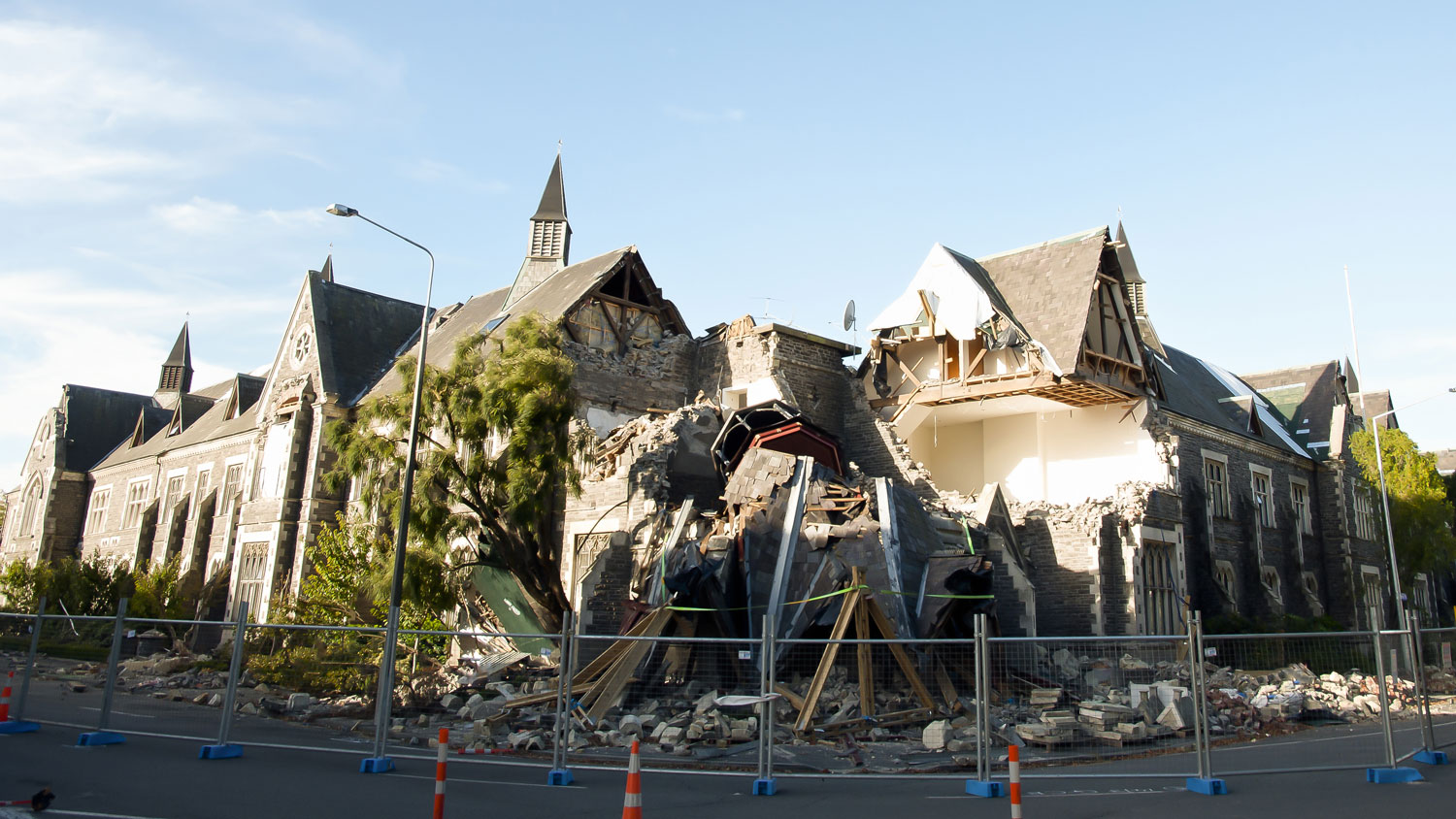
Thrust 1: Hazard Mitigation
Projects
The suite of projects in the Hazard Mitigation thrust include systems integration projects on biofilms for seepage control beneath dams and levees, Targeted Bioremediation for Foundations, and Liquefaction Mitigation via MICP and enabling technology projects on Root-Inspired Reinforcement and development of Biostimulation Techniques for Biocementation and Biofilm Development. Biofilms for Seepage Control relies upon the preferred seepage pathway to distribute the necessary microbes and nutrients to the target locations to stimulate biofilm growth for seepage reduction; this technology is applicable to seepage control for dams, levees, and excavations.
Bioremediation for foundations will employ MICP to strengthen and stiffen foundation soil vulnerable to settlement, bearing failure, and lateral displacement/rocking. Root-inspired reinforcement will investigate methods for mimicking the behavior of tree roots to stabilize slopes and enhance foundation performance, laying the groundwork to move toward more efficient “pile-root” topologies for deep foundations and soil reinforcement systems.
Biostimulation for biocementation and biofilm development will advance current UCD studies focused on stimulating indigenous bacteria rather than supplying exogenous bacteria for MICP and biofilm development. Using biostimulation instead of bioaugmentation should ease regulatory and public resistance, reduce cost, and increase treatment uniformity. Related projects under the Environmental Protection and Ecological Restoration thrust include bio-inspired chaotic cyclic push-pull injection schemes and electro-kinetic subsurface transport. The use of synthetic polymers to create 2D and 3D frameworks for structuring mineral precipitation (a cross-cutting project) is another related enabling technology applicable to this thrust.
Hazard Mitigation Faculty
- Lead: Alejandro Martinez, Civil and Environmental Engineering, UCD
- R. Boulanger, Civil and Environmental Engineering, UCD
- S. Burns, Civil and Environmental Engineering, GT
- M. Gomez, Civil and Environmental Engineering, UCD
- E. Kavazanjian, Sustainable Engineering and the Built Environment, ASU
- N. Neithalath, Sustainable Engineering and the Built Environment, ASU
- D. Nelson, Biological Sciences, UCD
- R. Parales, Biological Sciences, UCD
- B. Rittmann, Sustainable Engineering and the Built Environment, ASU
- L. van Paassen, Sustainable Engineering and the Built Environment, ASU
- D. Wilson, Center for Geotechnical Modeling, UCD
- C. Zapata, Sustainable Engineering and the Built Environment, ASU
- K. Ziotopoulou, Civil and Environmental Engineering, UCD
Thrust 1 Projects
| ID Number | Project Title |
|---|---|
| PR1 | Microbial Ecology of Stimulated Ureolytic Bio-cementation |
| PR4 | Liquefaction Mitigation via Microbial Denitrification |
| PR35 | Colloidal Facilitation of Microbial Induced Calcite Precipitation |
| PR36 | MICP Physical Modeling to Assess Liquefaction Mitigation |
| PR37 | Up-scaling of Stimulated Ureolytic MICP for Field-scale Deployment |
| PR38 | Upscaled Numerical Modeling of Biocemented Soils |
| PR54 | Hayward – Baker – Geosyntec – UC Davis MICP Field Trial |
| PR75 | C2C – ASU: Multi-scale Investigation of Bio-Based Mineral Precipitation in Carbonate Bearing Granular Soils and Construction Related Waste |